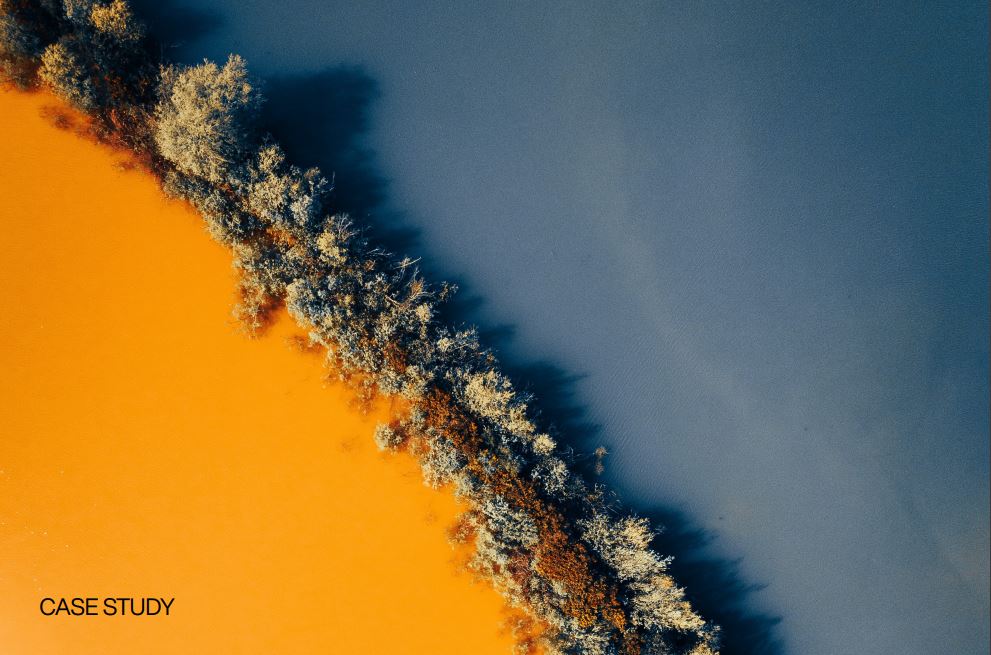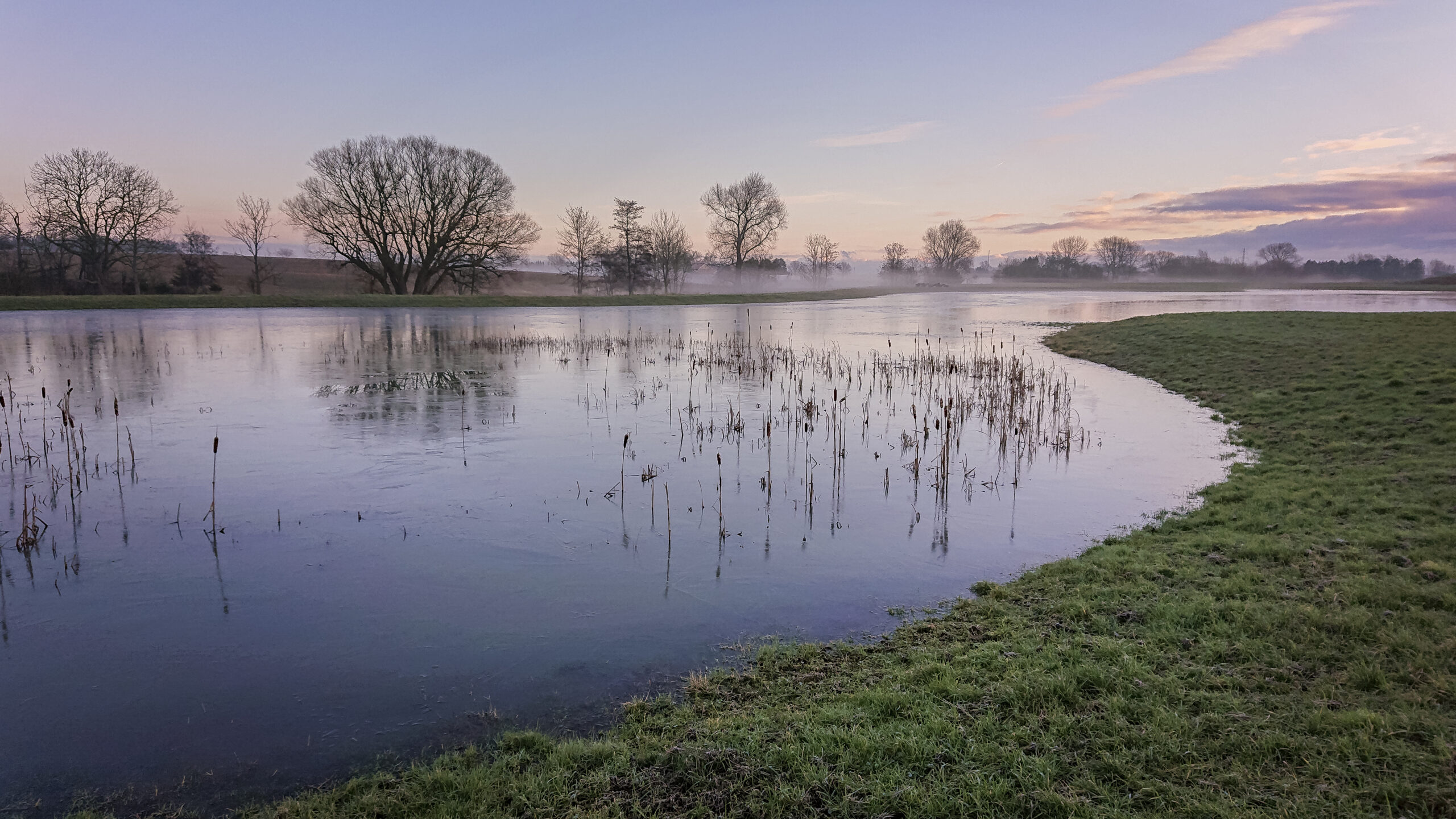News
Recycling of waste to material
Wastewater management
Water resource management
+1
Free download of white paper about chromium 6


From September 2017, EU tightens the requirements for use of the chemical compound chromium 6 (hexavalent chromium) in surface treatment processes. This means that many companies now must use other chemicals if they want to continue their production. But new chemicals produce new waste streams. Many companies will therefore need new wastewater treatment plants and new environmental permits.
Chromium 6 is used in a variety of industries – particularly in surface treatment because it is highly effective to prevent corrosion, to improve product durability and to provide a beautiful smooth surface. In addition, chromium 6 is also used for production of color pigment in paints and plastics and to a lesser extent for manufacturing of catalysts. But from September EU introduces restrictions on the use of chromium 6. The reason is that chemical compounds with chromium 6 are hazardous and environmentally harmful. In EU’s chemical legislation REACH chromium 6 has been placed on the list of substances that are categorized as CMR compounds (carcinogenic, mutagenic, or toxic for reproduction).
This white paper guides you through the rules, regulations, options and alternatives – so you can continue your production – even after the EU has imposed more stringent requirements.
Download the free white paper.
Aquarden has introduced a new solution, WaterbraneTM, specifically designed to remove heavy metals in both large and small wastewater streams. The compact solution is smaller than other conventional systems, and can be integrated into existing production environments.















